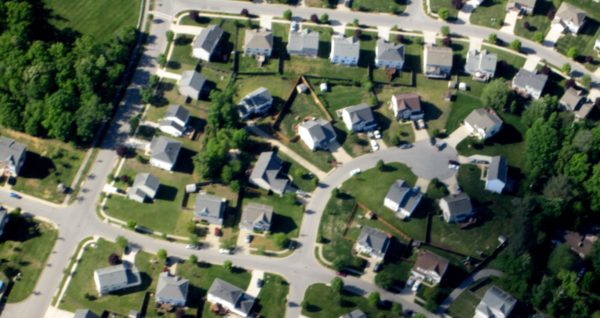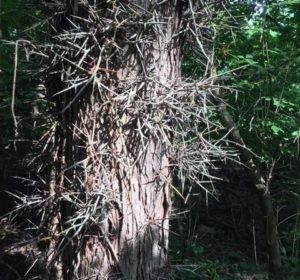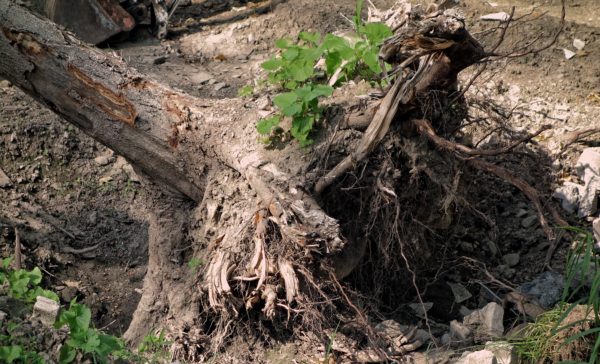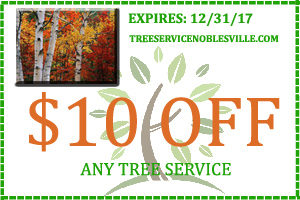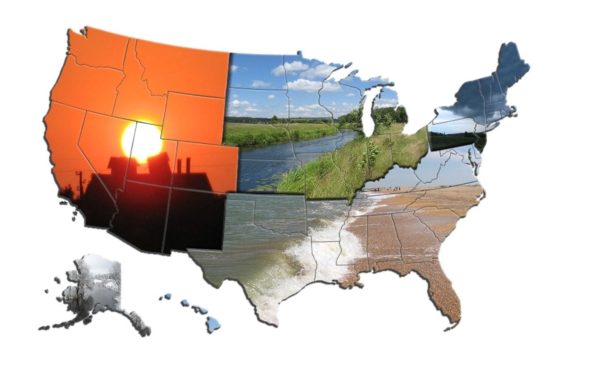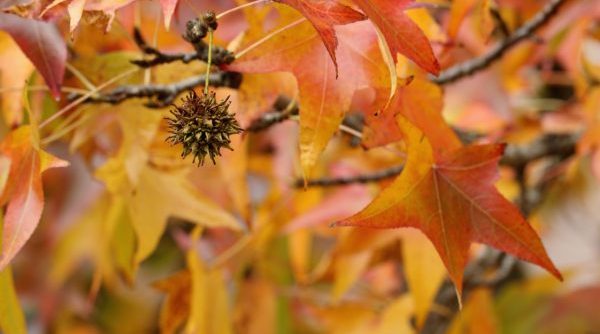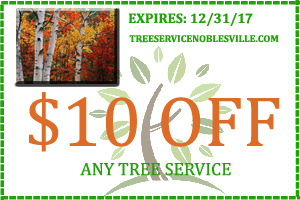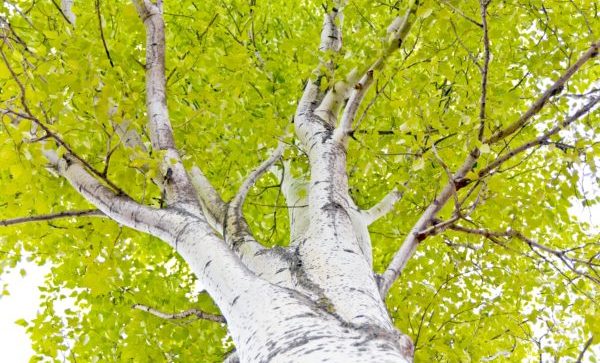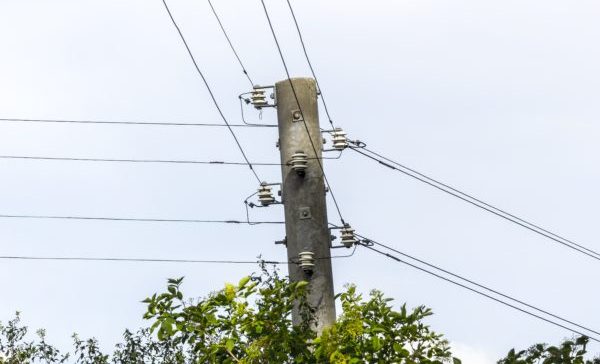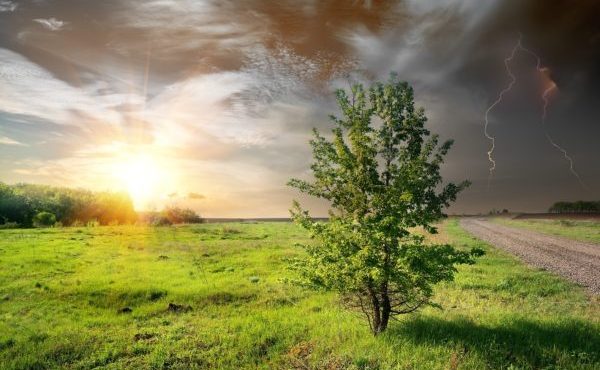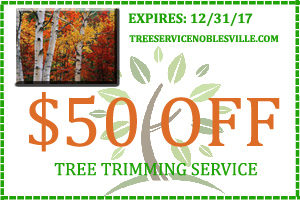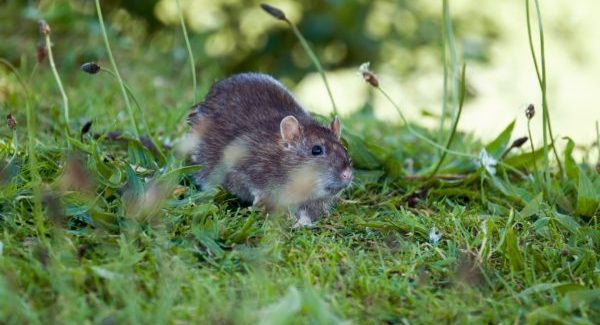Tree pruning is one of the most beneficial and effective methods of fall tree care. In terms of landscaping, it is a service that should be a seasonal part of every homeowner’s to-do list. Since professional tree service companies recommend pruning your trees until the first snow fall, right now is the perfect time to start!
Continue reading to learn more about fall tree care, including the importance of tree pruning.
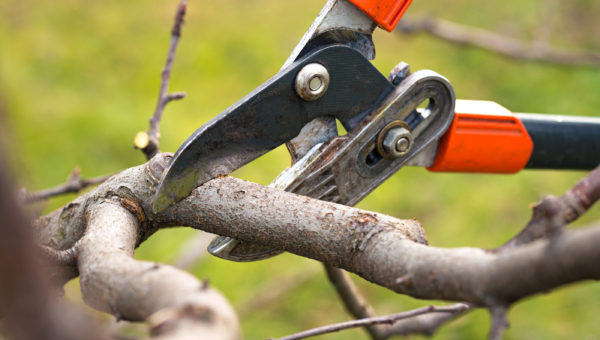
Noblesville Tree Pruning 317-537-9770
Advantages of Pruning Trees in Fall
There are several advantages to pruning your landscaping trees, primarily in terms of aesthetics. Not only does tree pruning render better-looking trees with beautiful foliage and healthy growth, there are several other benefits related to tree health and nourishment. Tree pruning can also reduce safety hazards and risks, encourage strong growth, improve tree structure, improve tree appearance, protect and restores damaged or weakened limbs, provide adequate clearance (i.e. power lines, fences, light poles, etc.), decrease shade, reduce wind resistance, promote flower and fruit production, save a storm-damaged tree, and support overall tree health.
Additional Fall Tree Care Tips
Although pruning is a vital part of fall tree care, there is plenty more you can do to take good care of your trees, and ensure optimal spring growth and survival. One such method is mulching. It may seem like a waste to lay mulch when winter will soon be approaching and it will no longer be visible once the snow falls. However, mulch can insulate the ground, thus protecting the soil from freezing and drying out. Depending on the type of mulch you use, many can even provide nutrients for the surrounding soil and tree roots below all winter long.
Another great tree care tip for fall is to water them until the first snow fall. Tree can experience drought in the fall as much as they can during the hottest climate of the year. Be sure to water them from time to time until the ground is frozen.
Always Hire a Professional for Tree Pruning
It is important to enlist the services of a licensed Noblesville tree service company for professional tree pruning services you can trust. Never attempt to prune your trees on your own, without the necessary experience and proper equipment. Not only is this very risky and potentially dangerous, it can be detrimental to your trees. A professional tree care company retains the proper tools, training, and experience to efficiently and effectively prune trees in the safest way possible.
Noblesville Tree Pruning
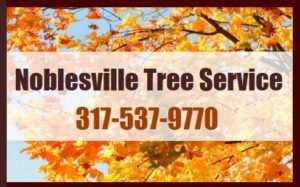
Noblesville Tree Service 317-537-9770

